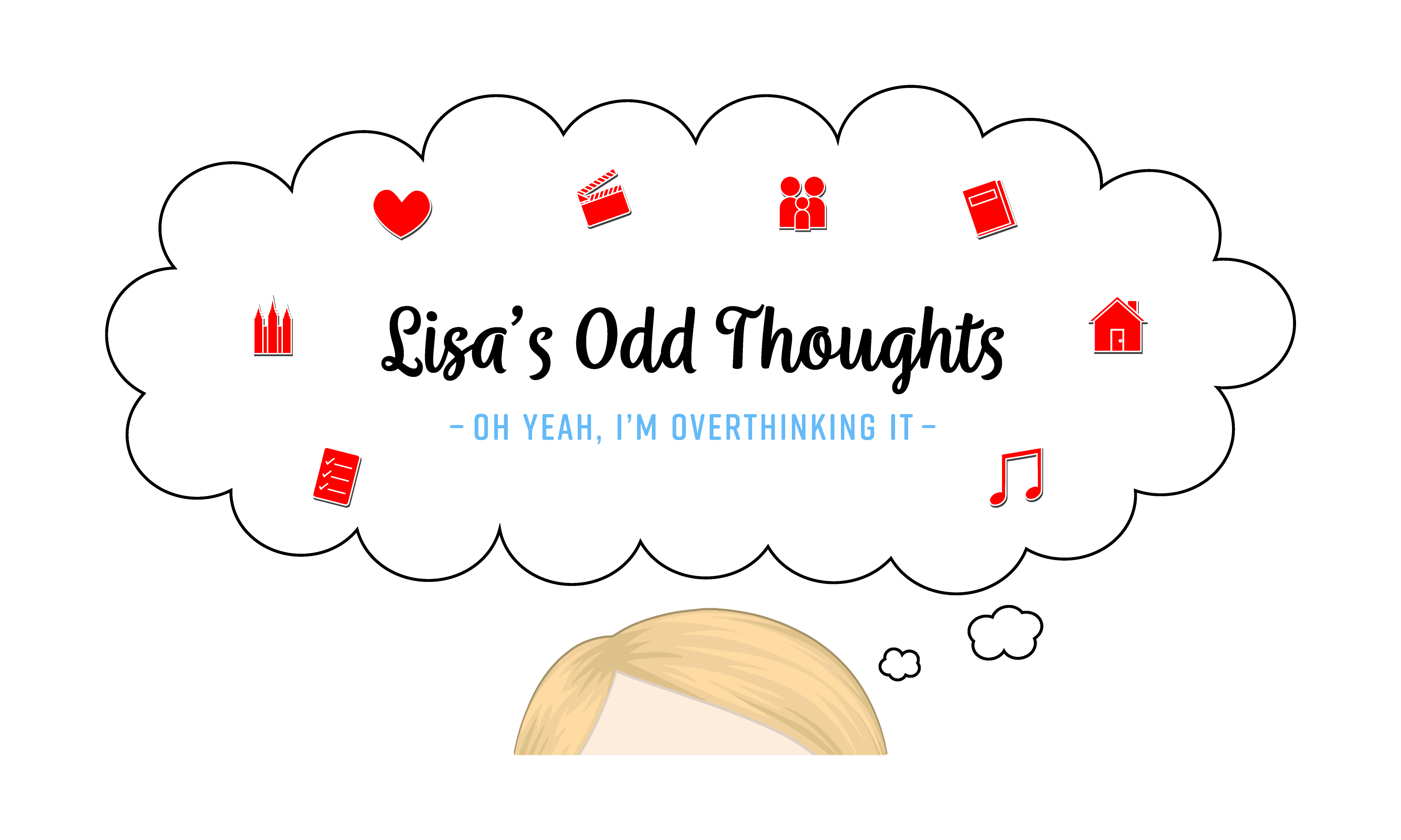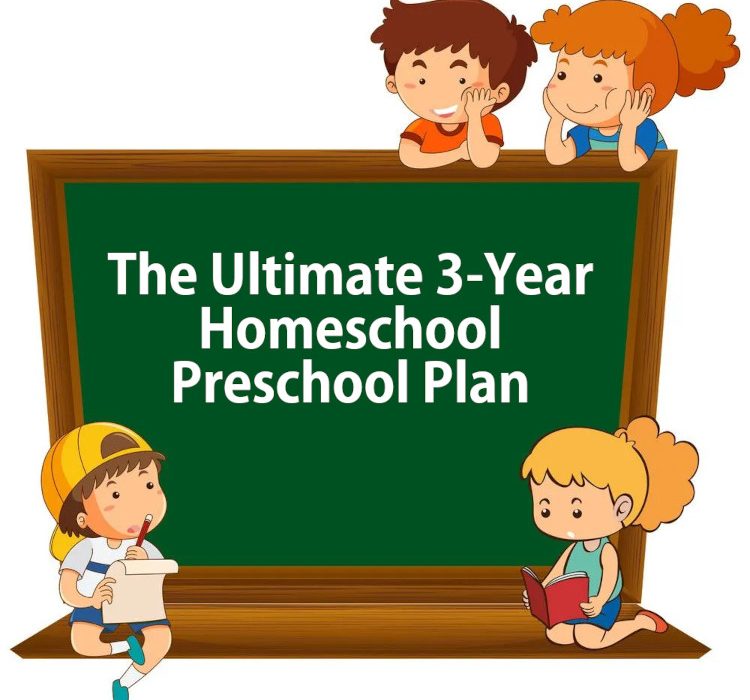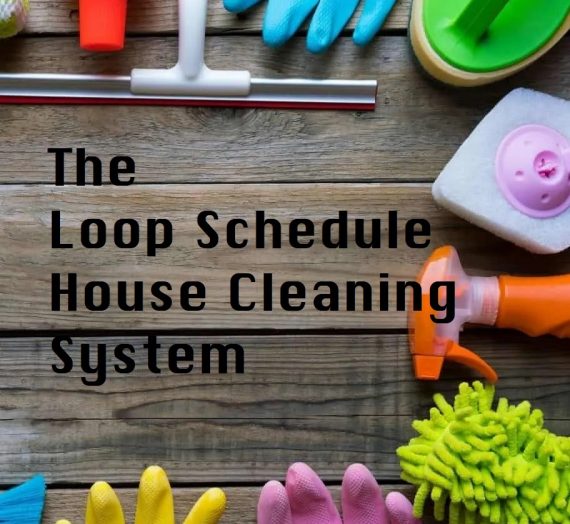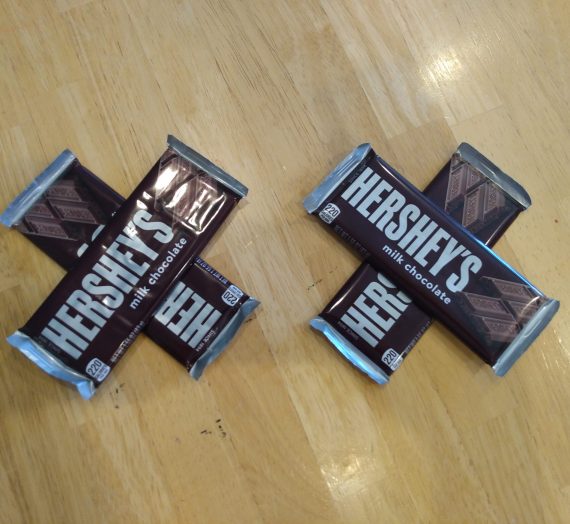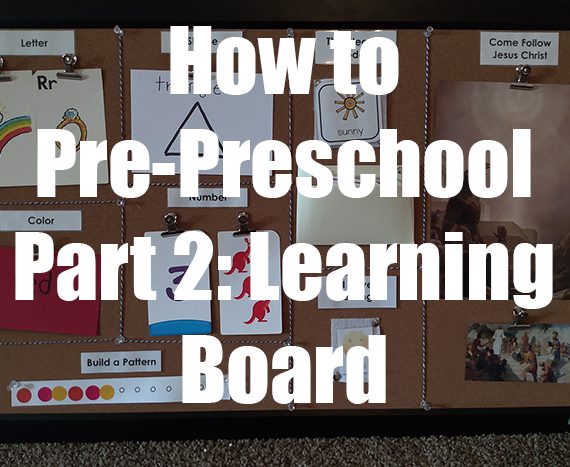I began doing homeschool preschool three years ago with my two oldest sons. Together we studied the alphabet three times with a weekly letter focus. In that time we’ve done a lot of trial and error and we’ve learned and grown a lot together. I’ve also kept lots of notes and ideas of what’s worked well and what hasn’t. Now I’ve compiled my notes, plans, and ideas into the Ultimate 3-Year Homeschool Preschool Plan.
The best part? It’s free for your downloading pleasure! Download the Ultimate 3-Year Homeschool Preschool Plan here:
But what are you actually downloading? Let me give you a solid run-through. It’s pretty self-explanatory, but I think some tips are in order for you to have the best possible experience with this plan. So here we go.
WHAT TO KNOW
This preschool plan is a letter-of-the-week format. For one week you will study a letter and sometimes a theme to match that letter.
Each letter is divided into three sections, Year 1 Letter of the Week, Year 2 Beginner Themes, and Year 3 Advanced Themes.
Before we take a more detailed look at each year, there are six topics to keep in mind:
Calendar and Learning Board
A major part of our preschool is doing our Calendar and Learning Board as well as our letter of the week. The skills learned here might sound simple, but this simple base knowledge (counting, shapes, colors, days of the week, etc.) is foundational to other preschool skills. Don’t overlook this! You can read specifically how I do our preschool Calendar and Learning Board at these following posts:
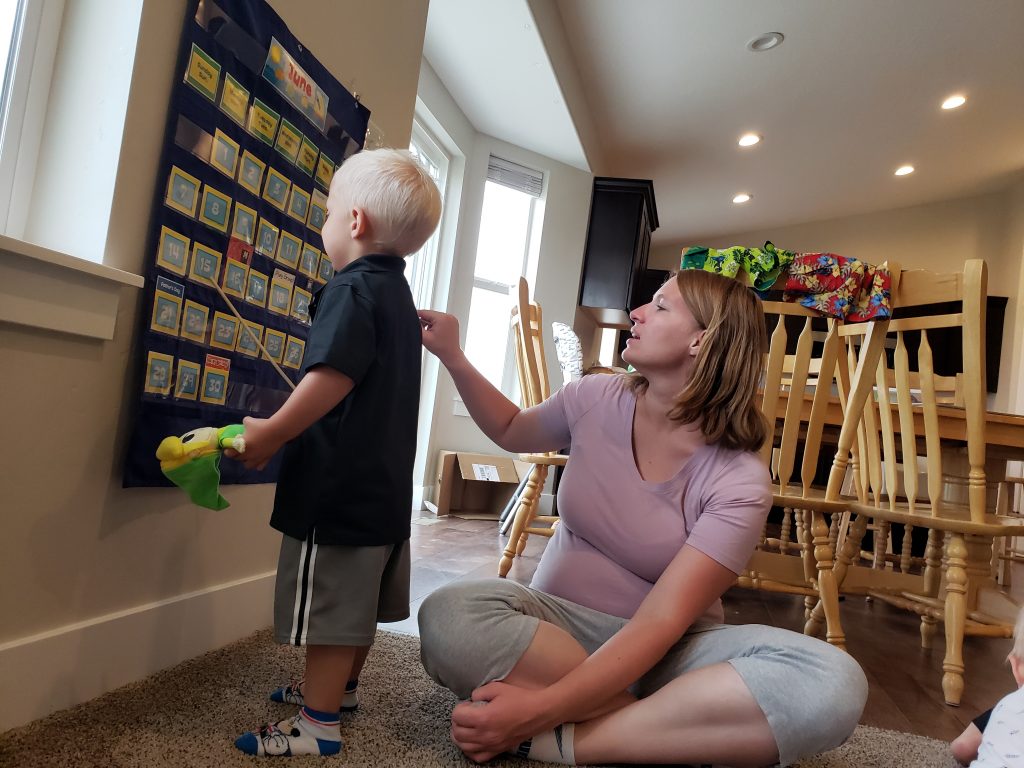
Food
Each letter also has a list of food suggestions. These suggestions range from treats to snacks to full meals. You can incorporate these food suggestions alongside any Year; it’s simply an added fun aspect for your preschooler to sit down for lunch and you can emphasize, “Today we are having carrot sticks and guess what! ‘Carrot’ also begins with C! And that’s our letter of the week! Cuh-cuh-carrot!”
I chose these food suggestions with great care. First, these are all foods that my own kids know and like. Adjust your own food list to fit your personal preferences.
Second, I do not include the soft C or G sounds with food. For example, C is not for celery (because it’s confusing to put cuh-cuh-carrot alongside suh-suh-celery).
Likewise, notice that the letter Q only has one food suggestion: Quaker oats (you can use this brand of oats to make oatmeal, oatmeal cookies, or my preferred no-bake fudge cookies, just as long as you show the container to your preschooler and point out the letter Q on the box and explain the company that made these oats is called Quaker).
When I searched online for food suggestions I regularly found these two suggestions for Q: quesadillas and quinoa. To which I adamantly responded, NO NO NO NO NO NO! Listen to those words: cuh-cuh-quesadilla and cuh-cuh-quinoa are both very different than kwah-kwah-Quaker.

Keep your food choices straightforward and direct. Preschool is not the place to concentrate on the many complexities, exceptions, and rule-breakers in the English language. Just keep it simple.
The Book List
For each Year the letter focus and theme is accompanied by a book list. These books are simply suggestions and is mostly based on books that we are personally familiar with. Like with the food list, feel free to personalize this book list to include your own books and family favorites.
And for goodness sake, don’t go out and buy all these books. Go to your local library, of course. My kids really enjoy our weekly trips to the library because I let them browse and pick their own book to check out as well as our themed books for the week.
My suggestion is to look at your book list roughly two to three weeks in advance. This typically gives you plenty of time to reserve your books at the library and have them ready and waiting for when that letter actually comes up.
Pro Tip: If you can’t get hold of a certain book that you really wanted, don’t despair! Countless books have been turned into read aloud videos on YouTube. We try to read as many physical books as we can, but my boys always get a kick out of watching a book video online too.
Scheduling
Each letter and theme are meant to be studied in one week and each has roughly 6-10 activities listed with it.
By no means is every single activity required.
Having so many activities is supposed to allow you some much-needed flexibility while working with toddlers and preschoolers. On some days my boys were super into it and excited, so we’d do three or four activities all in one day. On other days we might have appointments or errands and only have time for a single activity. This plan is designed for easy adjustments and flexibility.
Like I suggested looking at the book list in advance, I’d also suggest looking at your plan at least a few days in advance. Do you have the craft supplies you need? Do you need to schedule a field trip? Do you need to buy groceries for whatever you are baking? The suggestions here are fairly simple with minimal prep, but it’s best to have some idea beforehand what will be coming up.
Supplies
Most of the activities listed in this plan are meant to be easy with little-to-no prep. Most of the necessary supplies are basic school, craft, or household supplies that you hopefully already have on hand. But there are a few exceptions to that rule:
I use a lot of printables such as picture flashcards, themed Bingo games, etc. Everything I’ve found online has been free and easy to access. So if it says to sort Ocean vocabulary flashcards, that’s what I’m referring to.
Games and toys are also specific to what we own. No, I didn’t buy any new games but I simply opened my game cupboard and listed the kids games under their appropriate letter and/or theme. You can do the same and personalize your games and toys.
You’ll also notice that we watch a lot of The Magic School Bus episodes. Indeed, I purchased a complete DVD set of the old 90’s show and my boys love it! You can google episode lists to find which topics were covered in which episodes, so it’s really easy to find what you’re looking for. If you have a scientific kids show to incorporate, more power to you, but I really do recommend these classics; they’re exciting for kids and teach interesting concepts in fun ways.
There is, however, one purchase that I use and suggest all the time with these activities and that I highly suggest, and that’s these assorted animal toys from Amazon:
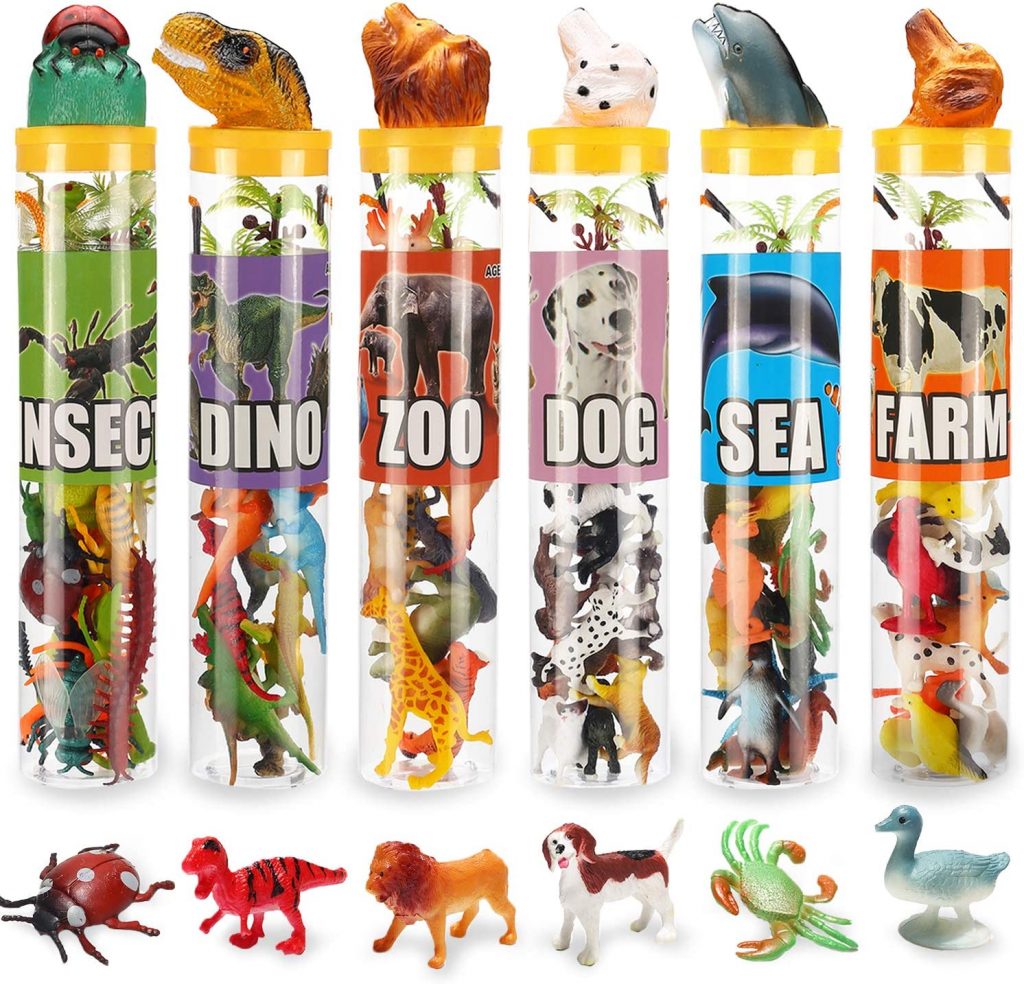
Every time you see an activity like graphing animal toys by color, comparing farm v. zoo animals, using dinosaur toys to make “fossil” imprints in play-doh, or counting animal toys in ten frames, these are the toys I have and use.
Religious Bias
Yes, you’ll find a few religious references in this preschool plan. Most of them are kids songs from the Church of Jesus Christ of Latter-Day Saints Children’s Songbook. Most of these songs are silly wiggle songs, but there are indeed a few that reference God.
Other religious examples include: in E for Environments, I suggest having a discussion about our responsibility to care for the planet because God created it for us. Similarly, in the H for Health unit we also discuss that our bodies are a gift from God and therefore we are responsible for caring for them. In K for Kindness I suggest role playing the biblical story of the Good Samaritan as well as some religious kids songs that talk about Jesus wanting us to be kind to other people. Stuff like that.
If this offends you, the simple answer is to skip these songs and/or discussions. I can assure you that no unit or theme is exclusively religious.
Year 1: Letter of the Week

Our very first alphabet run-through was a fun and playful dip into the homeschool world. These letter activities I either came up with myself or found inspiration online. This is designed to be a play-based introduction to letter shapes and sounds, not an intense, academic lecture series.
In this year you will find fun, simple, and general activities that match each letter. You’ll find a lot of cooking and baking, playing games, crafting, singing songs, playing outside, learning about interesting topics via YouTube, and reading lots of books.
Every letter in Year 1 also suggests decorating a letter. I got my full-page letter outlines from the Playing Preschool Curriculum (see my notes for Year 2), and they are basic outlines of capital letters. I printed out every letter, hole punched them, and put them in a three-ring binder to make a Super Special Alphabet Book. Then every week we go through the book and say something like, “We decorated A for apples, B for balloons, C for cotton balls, and now this week we are going to decorate the letter D with dogs!”
The items for decorating these letters came from a variety of sources. First, I have a good selection of hole punches that I utilize (such as my elephant hole punch for E and my snowflake hole punch for S). I also bought a wide variety of sticker sheets for some of the more difficult letters (ice cream stickers for I, unicorn stickers for U, etc.). Some of the other objects can most likely be found around your house (such as cottonballs for C and noodles for N) while others I had to seek out at the craft store (feathers for F and plastic jewels for J).
Like everything else, you can adjust these decorations as you need to fit your own supplies, as long as you follow the same rule as the food: don’t confuse your poor kid by using soft C or G words.
For the love of all that is holy, STOP decorating Gs with giraffes and Os with owls! Seriously, people!
My final thoughts on Year 1 is this: I purposely left out of this downloadable file the personalized name unscramble game. Whenever we come to the initial of one of my children, we make a big point that week to emphasize that this is the letter for your name. Kids think that is just super exciting.
When my kid’s initial comes up, we play a name unscramble game where I write the letters of his/her name (usually on Post-it notes), mix them up, and then we arrange them in the correct order. Obviously this activity is specific per family and child. My children, for example, have initials that begin with A, E, H, and R, and so we play this name unscramble game for each name during his/her respective letter. My kids love the little extra attention and I suggest you incorporate the same activity.
Year 2: Playing Preschool/Beginner Themes
After our super fun first year of preschool, I wanted to dig a little deeper into more specific topics with my boys. They are both very curious and I wanted to feed their little inquisitive minds. So in online research I found this particular at-home preschool curriculum called Playing Preschool by Busy Toddlers.
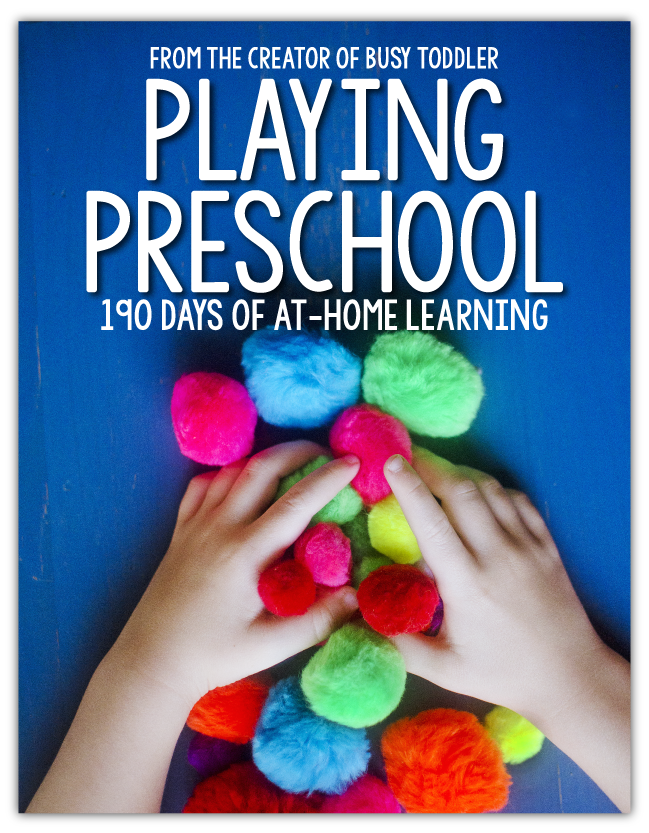
We followed this program along the traditional school year, beginning in the fall and ending the following spring. I altered the program a bit to fit our needs a little, which means that we moved through it a little faster than planned. But we also took a few breaks throughout this school year for holidays and a vacation, so it all evened itself out.
The very best part of this Year 2 was introducing a specific unit theme with each letter, which my boys loved. They were so excited and intrigued by these deeper dives into a topic and it opened up a whole new world of ideas to them. Because of that, you’ll notice a little less emphasis on the letter shape and sound. On the other hand, you’ll also see an uptick in early math skills such as graphing, sorting, measuring, and counting with ten frames.
We found great success with this curriculum and we very much enjoyed working through it together. However, I didn’t think it was perfect and I altered it quite a bit. You can read my entire review of the program here and see all the details for yourself about both the good and the bad I found in this program in this post here. Spoiler alert: the good outweighs the bad.
The two biggest changes that I made and that are reflected in my Ultimate Preschool Plan are as follows:
- Playing Preschool doesn’t teach the letters in alphabetical order. We tried this but didn’t like it as much, so I rearranged the plans and themes alphabetically here for my own use.
- A handful of the Playing Preschool themes focused on two letters as once (for the clothing unit you learned C for clothes and J for jacket). I split the two letters apart and gave each letter its own individual unit. There were just a few other units we didn’t particularly jive with, so those were also changed. The units that I wrote on my own and have nothing to do with the Playing Preschool curriculum are: D, G, J, M, T, U, V, X, Y, and Z.
The themed units for Year 2 are as follows:
- A: Apples
- B: Teddy Bears
- C: Clothing
- D: Dr. Seuss
- E: Eggs
- F: Farm
- G: Things that Grow
- H: Community Helpers
- I: Water and Ice
- J: The Jungle
- K: Kites
- L: Leaves
- M: Music
- N: Nursery Rhymes
- O: Opposites
- P: Pets
- Q: Queen and Kings; Fairytales and Fantasy
- R: Rainbow Colors
- S: 5 Senses
- T: Trains
- U: Un-Words
- V: Vehicles
- W: Weather
- X: Exercise
- Y: All About You
- Z: Zoo
Year 3: Advanced Preschool Units
Using a combination of our good experiences from the Playing Preschool program and my own plans for the future, I wrote out a new, completely personalized curriculum for our third year of preschool.
Like the Playing Preschool program, I picked a theme for each letter and we studied that unit each week. I picked themes based on my boys’ interests, things I personally wanted to teach them, and other topics I found either online or from the Playing Preschool Year 2 curriculum that I thought looked interesting.
A big note for this year is that my oldest started homeschool kindergarten. He was already starting to read and do basic math like a champ, so he didn’t necessarily need the basic letter recognition that preschool typically teaches. Instead, Year 3 is more of a deeper focus on the topic mingled with a bit of letter review.
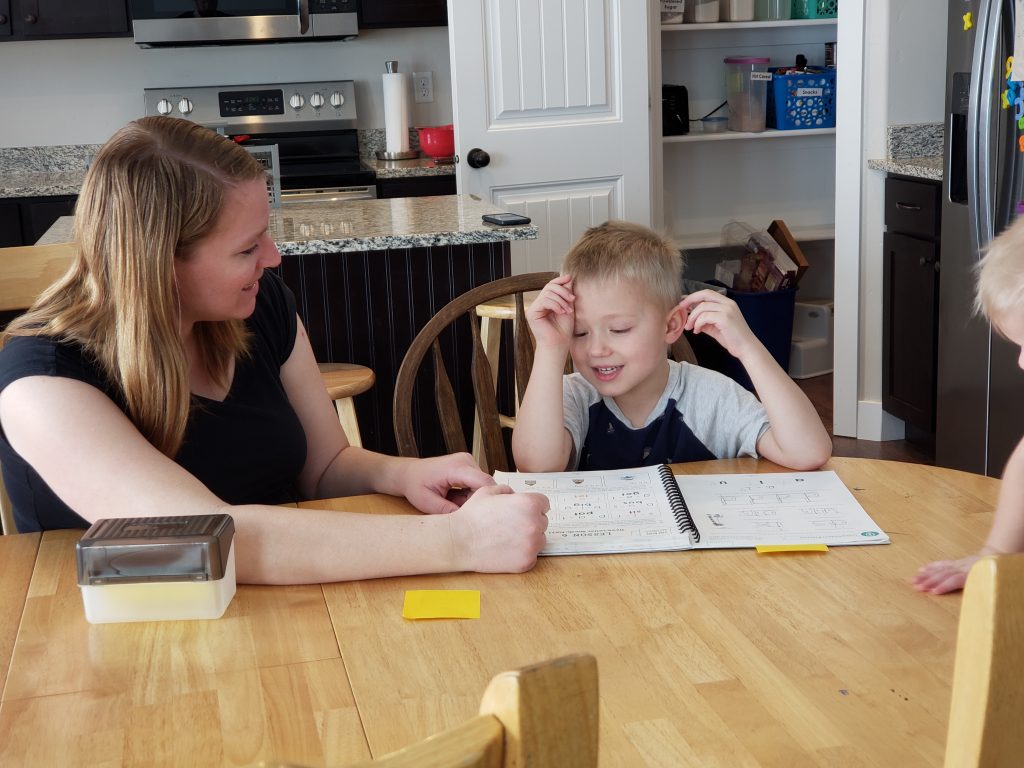
Year 3 puts a much bigger emphasis on more science-based themes (where Year 2 has more play-based themes). You’ll also find more discussion-based topics to get kids thinking both externally about the world and internally about themselves. Therefore, Year 3 was a perfect complement to his kindergarten work.
Like I said, you’ll find a lot more science-based themes, activities, and vocabulary, but you do NOT need to stress any kind of memorizing terms or ideas. This is PRESCHOOL, for goodness sake, not freaking College Prep.
Keep it simple and interesting and you’ll be pleasantly surprised at how much your kids learn and retain.
For example, when we learned about animals for A we sorted animals into carnivores, herbivores, and omnivores. I explained that one way we can figure out what an animal eats is by their teeth: sharp teeth are for ripping apart meat and flat teeth are for grinding up plants.
Imagine my shock when a month later we went to the dinosaur museum for D and my son pointed out that some of the skeletons had sharp teeth and so that probably meant that those dinosaurs ate meat, and so therefore skeletons with flat teeth must have been plant-eaters. Did he remember the scientific terms for carnivore and omnivore? No, but did he remember the concept like a champion? You betcha!
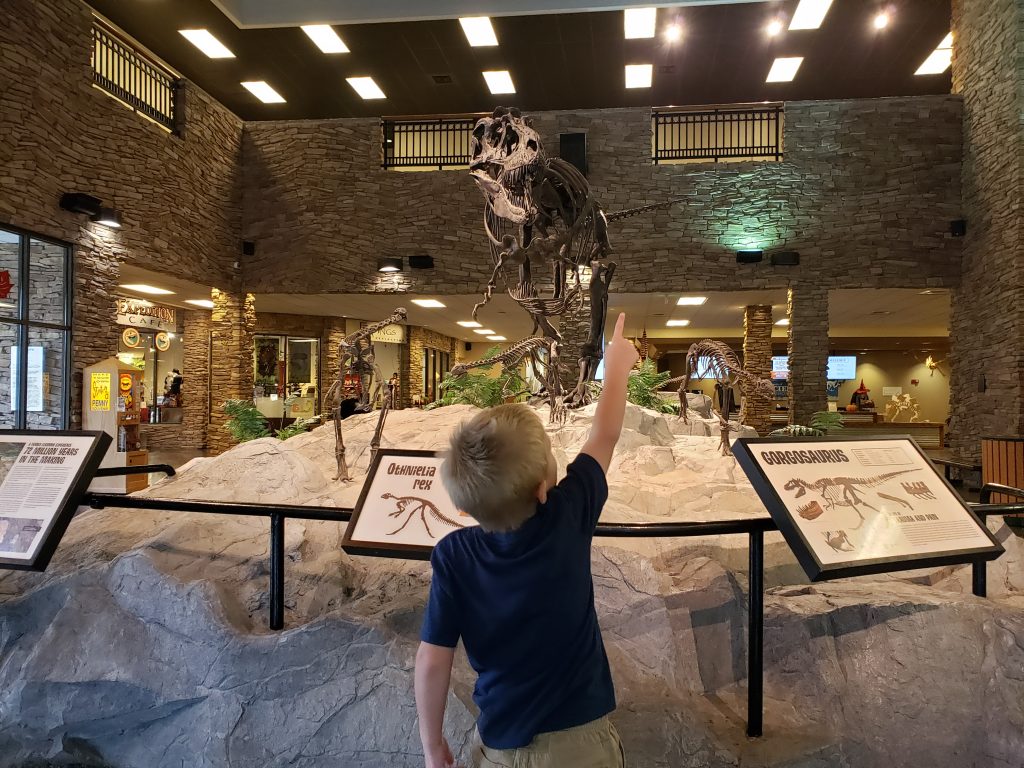
This year was a huge success. Again, we followed a more traditional school year and took regular breaks for holidays and whatnot, and we finished with the letter Z at the end of April (which is the perfect time to visit the zoo for the letter Z, by the way).

Three Major Notes for Year 3:
First, the letters Y and Z are the same for both Year 2 and Year 3. Both letters simply don’t lend themselves to many theme options, unfortunately, and so they are a repeat. Like I said above, though, I think that a springtime trip to the zoo is the very best way to finish up your school year.
Second, the letter U’s theme is Utah, which is our home state. Obviously if you don’t live in Utah you probably don’t care to follow this unit. But we loved this unit and my boys loved learning a little history and interesting facts about their home. Perhaps you can incorporate some of these ideas for your own state and hometown when you learn W for Around the World or Y for All About You. Just some ideas.
Third, the letter F’s theme is Family History, which again was a very personal unit for us. I wasn’t sure how my boys would react to this theme and I was afraid that they’d be bored hearing old stories about their grandparents and great-grandparents, but I was so wrong and my boys absolutely loved it! For months and months afterwards they were still asking to hear those stories repeated. It was such a special week and a favorite for all of us.
We are lucky enough to have both my parents and my in-laws close by so that we could visit them and talk about their families and their connection to us. We are also lucky enough that my grandmother (my kids’ only living great-grandparent) is also within driving distance from us. If these aren’t options for you, you can adjust the theme to fit your needs. Perhaps a phone or video call? Or you yourself can tell stories of your parents/grandparents. You can also try studying a country that your ancestors came from. Maybe find a recipe or story native to that country? The possibilities are endless, just make it personal to you and your family.
The themed units for Year 3 are as follows:
- A: Animals
- B: Bodies
- C: Cooking and Food
- D: Dinosaurs
- E: Environments
- F: Family History
- G: Games
- H: Health and Hygiene
- I: Insects
- J: Jobs
- K: Kindness
- L: Liquids, Solids, and Gases
- M: Magnets
- N: Names
- O: Oceans
- P: Pirates
- Q: Quiet and Loud
- R: Rocks
- S: Outer Space
- T: Textures
- U: Utah*
- V: Volcanoes
- W: Around the World
- X: Experiments
- Y: All About You
- Z: Zoo
And there you have it, the Ultimate 3-Year Homeschool Preschool Plan. You can download the free PDF printable here:
Enjoy and happy homeschooling!
